Mimicry as a driver of diversification in Colobopsis ants

In the recent publication “Is mimicry a diversification-driver in ants? Biogeography, ecology, ethology, genetics and morphology define a second West-Palaearctic Colobopsis species (Hymenoptera: Formicidae)” by Schifani et al.*, published in the Zoological Journal of the Linnean Society, the authors delimit and describe a second West-Palearctic Colobopsis species, Colobopsis imitans sp. nov., integrating various disciplines. It imitates the pigmentation of Crematogaster scutellaris and follows its trails, while Colobopsis truncata resembles Dolichoderus quadripunctatus. Both species seem to use mimicry as a defensive strategy. Here, Enrico Schifani highlights the main points and shares some pictures.
* Enrico Schifani, Daniele Giannetti, Sándor Csősz, Filippo Castellucci, Andrea Luchetti, Cristina Castracani, Fiorenza A. Spotti, Alessandra Mori, and Donato A. Grasso
An Interview compiled by Phil Hönle, Patrick Krapf, and Alice Laciny
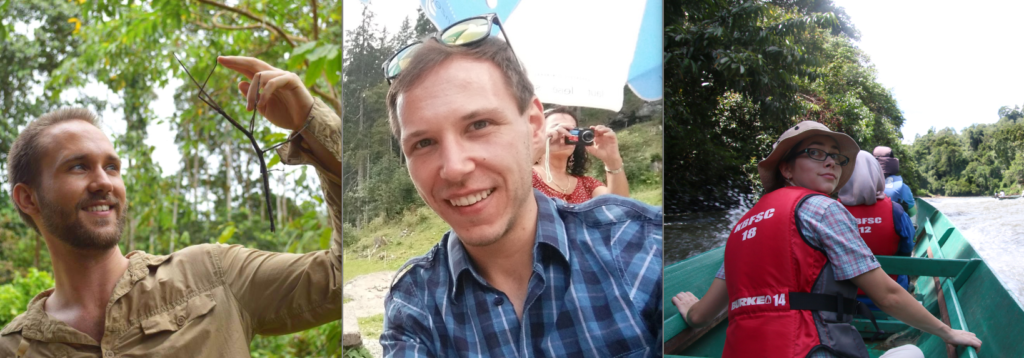
MNB: Could you tell us a bit about yourself?
ES: My name is Enrico Schifani and I am an Italian zoologist/entomologist. Since my childhood, I have developed a strong passion for insects, and particularly for ants. In 2016, I got my Bachelor’s degree in Sciences of Nature at the University of Palermo with a thesis on the ant fauna of Sicily. In 2019, I got my Master’s degree at the same university, this time also collaborating with the University of Parma for a thesis on the use of artificial nectaries to manipulate ants’ behavior in fruit orchards. Currently, I am in my first Ph.D. year at the University of Parma, focusing on ants’ complex role in temperate agroecosystems, following an ecological and behavioral approach under the guidance of my supervisor, Prof. Donato Grasso. At the same time, I also enjoy several other perspectives on the study of ants, and I am particularly interested in the taxonomy and biogeography of the Mediterranean species.

Citrus trees from Enrico’s garden in Palermo (Sicily), where he first observed Colobopsis imitans (© Melania Messina). 
Above, Colobopsis imitans workers (indicated by arrows) move along the trails of Crematogaster scutellaris while displaying a very similar chromatic pattern. Below, the same phenomenon but with Camponotus lateralis (indicated by an arrow) instead of Co. imitans (© Enrico Schifani). 
An oak forest in Sicily (Bosco della Ficuzza), where Colobopsis imitans can be found nesting in Andricus spp. galls on trees of the Quercus pubescens group (© by Enrico Schifani).
MNB: Could you briefly outline your recently published article in layman’s terms?
ES: Our investigation started from independent field observations by me and my co-author Daniele Giannetti. Colobopsis ants in the West-Palearctic are very fascinating because they are the only ants in the region with phragmotic heads (i.e., plug-shaped heads, used to close nest entrances) in soldiers and queens, and we still know little about their lifestyle. Before our study, they were considered to be represented by only one species, Co. truncata. In Sicily, we first noticed that Colobopsis ants closely resembled Crematogaster scutellaris chromatically, and even moved along its trails, flawlessly avoiding its occasional attacks. This combination of color and behavior was already known for Camponotus lateralis and is usually interpreted as Batesian mimicry or as a dilution effect (in the first interpretation, Ca. laterlis would be less subject to predation because the predator would have learned to avoid Cr. scutellaris due to its aggressiveness/unpalatability; in the second interpretation, the predator would be equally interested in eating Cr. scutellaris or Ca. lateralis, but the latter would reduce the risk by mixing with the much more numerous Cr. scutellaris). On the other hand, in Northern Italy, Colobopsis ants seemed uninterested in trails of Cr. scutellaris. They also looked very different from Cr. scutellaris, resembling instead another ant species, Dolichoderus quadripunctatus, which is very abundant there (while almost absent from Sicily). From this initial point, a great team was formed involving different specialists (from two Italian Universities and a Hungarian research center) and together we tried to disentangle the many dimensions of the problem we were facing. The main question was: is this intraspecific or interspecific variation? Integrative taxonomy was our choice to look for the answer, and we immediately knew this was a great opportunity to combine classical core disciplines of these studies, like qualitative/quantitative morphology and genetics, with behavioral aspects, which rarely have a role in the alpha-taxonomy of insects. We discovered that there is indeed a second Colobopsis species in the region, which we named Co. imitans after its fascinating adaptations for mimicry. Co. imitans is easily distinguishable from Co. truncata by its color pattern, very similar to Cr. scutellaris, which we demonstrated to be a constant feature. Moreover, its behavior of following the trails of Cr. scutellaris proved to be extremely frequent and so was the coexistence of both these species on the same trees. On the other hand, Co. truncata does not regularly perform trail-following, has a very different “D. quadripunctatus-like” color pattern, and, unlike Co. imitans, it coexists with D. quadripunctatus quite often. Very importantly, the two species exhibit “cryptic” but reliable morphometric differences and are distributed allopatrically according to two well-established biogeographic patterns (Co. imitans inhabits Sicily, the Maghreb, and S-Iberia, while Co. truncata occurs elsewhere across Europe and W-Asia).
MNB: What is the take-home message of your work?
ES: I think the most interesting fact is that the two Colobopsis species, Co. imitans, and Co. truncata, while being distinct taxa, seem to have separated only very recently, according to what molecular and morphometric data suggest: they developed only modest morphological differences, and their mtCOI shows a polyphyletic pattern instead of a clear clustering into two clades. This makes their strong chromatic and behavioral divergence more intriguing: they appear well-adapted to mimic two different model species of ants. Crematogaster scutellaris and D. quadripunctatus can form populous colonies and defend themselves with effective chemicals, while only Cr. scutellaris habitually forages in trails and is generally known to behave aggressively. The story of these two sister species of Colobopsis brings a fascinating evolutionary message: their degree of phenotypic differentiation suggests mimicry can act as a strong driver of diversification in ants.
MNB: What was your motivation for this study?
ES: Whenever I discover a new species, I think that describing it is an important duty in addition to great satisfaction. I think a well-developed systematic framework of all organisms is key to the good functioning of all other scientific disciplines and, in the difficult time we are living in, it is also essential for proper ecosystem management and conservation. However, I must also emphasize that most new species come with an interesting biogeographic pattern linked to some paleo-geographic or paleoclimatic events, perhaps some ecological specialization or at other times hybridization, etc. And while I love these topics, I was particularly excited to be facing a much more unusual story, involving something as marvelous as mimicry, which has fascinated generations of evolutionary biologists before me. I think this only happens quite rarely!
I would also like to add a “personal” element: all my initial observations of Co. imitans were conducted in my garden in Sicily. For years, I have observed this species as a simple insect-lover, way before I became a researcher and myrmecologist and gradually realized there was something new there. Growing up with a garden is a piece of great luck for an entomologist, perhaps it may even be an important part of what eventually makes you become one. To discover a new species in your garden feels sweet. That being said, our study extended far beyond it, as we revised Colobopsis populations across the entire Mediterranean and Europe, and I wish to thank again the many who generously helped us to achieve this goal by sending us specimens.
MNB: What was the biggest obstacle you had to overcome in this project?
ES: Well, as you may imagine, the COVID pandemic didn’t help. It slowed us down very significantly and imposed some difficulties on our projects. But eventually, we were able to reach our goals anyway.
A general issue, especially at the start, was to collect or observe a sufficient amount of Co. imitans, especiallyin areas like in Citrus orchards or cork oak forests where we first found this species. We later discovered that galls like those of Andricus spp. in deciduous oaks may offer a good opportunity to find entire colonies since these ants may decide to use them as nests. However, in most other contexts, Co. imitans nests are impossible to access without harming the tree in which they are built. Moreover, their entrances are inconspicuous and difficult to find, and they often recycle a few of the many holes left by xylophagous insects as nests, so you don’t know which ones are occupied by ants unless you spot a worker or a soldier around. They tend to forage in very low numbers, so you may be able to see just very few workers from time to time, and if they sense a vibration because you inadvertently touched the tree they may all stop moving for quite a while. In addition, they do not leave their nest that often during a hot and dry summer or winter, and they may be very active only during relatively short periods of spring and autumn. It required some time and patience to learn about their activity patterns to adapt the sampling and observation.
Finally, coordinating a truly multidisciplinary work for the first time was also a challenge. Most importantly, it was a great opportunity to learn. Having all these data from different disciplines to put together into a coherent interpretation was a fantastic chance to study a lot from different scientific backgrounds.
MNB: Do you have any tips for others who are interested in doing related research?
ES: A simple starting point would be emphasizing that observing living insects in the field is an activity that should never be underestimated; it may yield beautiful discoveries and is certainly a lot of fun!
I would also like to say that good literature research, relatively easy in the era of the internet, is an extremely powerful tool and may lead to discoveries almost by itself. We started from field observations, but then we learned that a few different authors from across Europe had already indicated their local Colobopsis as either mimicking Cr. scutellaris or D. quadripunctatus – the first to say such a thing was Auguste Forel in 1874! While it is evident that an ant cannot mimic both Cr. scutellaris and D. quadripunctatus at the same time, references on the topic had remained scattered and no one seemed to have noticed this contradictory puzzle.
A third suggestion is more specific as it concerns taxonomic practices. Had we blindly followed mtCOI as our only source of evidence for species-delimitation, we would have probably ended up delimiting four species instead of two, contradicting what all other sources of evidence told us. Yet this marker works well in a lot of different cases. A single type of evidence may perform well in one case but not so much in another one. In my opinion, those that are clearly difficult taxonomic scenarios should better be dealt with by using integrative approaches, which may grant a more convincing explanation and ultimately more taxonomic stability. By the way, sequencing mtCOI was nonetheless informative in our case, highlighting the close relationship between the two taxa, while barcoding can be a viable (albeit not perfect) identification tool for isolated males or decolored specimens in general.
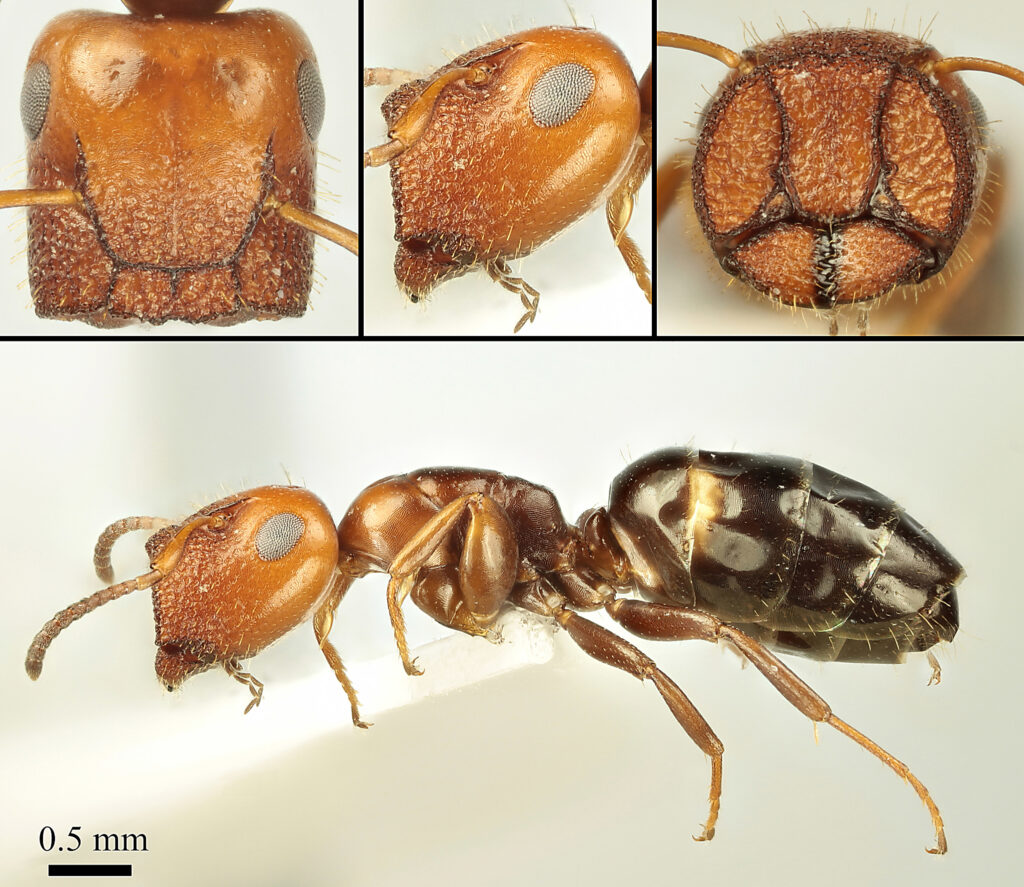
MNB: Where do you see the future for this particular field of ant research?
ES: Like any piece of research, we just opened a lot of new questions, and that’s certainly one of the most magical aspects of scientific investigation. For instance, other than ants, we also found different arthropod species near the colonies or trails of Cr. scutellaris and D. quadripunctatus, all showing similar chromatic patterns. We don’t know whether it may have been coincidental in some of these cases, but mimicking an abundant and well-defended ant species may be a more widespread strategy than we are aware of in Europe. This requires further investigation. Also, given that mimicry seems to have a significant role in the evolutionary history of species such as the two Colobopsis or Ca. lateralis,one important question can be: is this mostly a dilution effect, a case of Batesian mimicry, or one of Müllerian mimicry (the latter means that the two species may be equally unpalatable to some predators and sharing the same pattern may reinforce this message, benefiting both)? Well, the problem is that the answer requires us to identify the predators involved in this relationship first. There is a list of potentially interested visual predators such as spiders, reptiles, or birds, but we don’t know which ones may impact this kind of ants significantly. In a broader perspective, we now have a nice general understanding of meaningful ecological roles that ants play across the world. Yet, we know surprisingly little about how these abundant insects enter the food chains as prey – at least when it comes to generalist predators instead of specialized ant-eaters. A whole new fascinating question awaits behind every corner and this is how you get so lost with this work!
Picture below: Crematogaster scutellaris surrounded by a number of other arthropods with a similar chromatic pattern that were encountered in the proximity of its trails or nests in Sicily (names in red). Below, the same with Dolichoderus quadripunctatus in Northern Italy (names in blue). Note that it is not proven that all of these species are mimics. AntWeb specimens of Co. imitans and D. quadripunctatus photographed by Michele Esposito, other photos © Enrico Schifani.d with GIMP

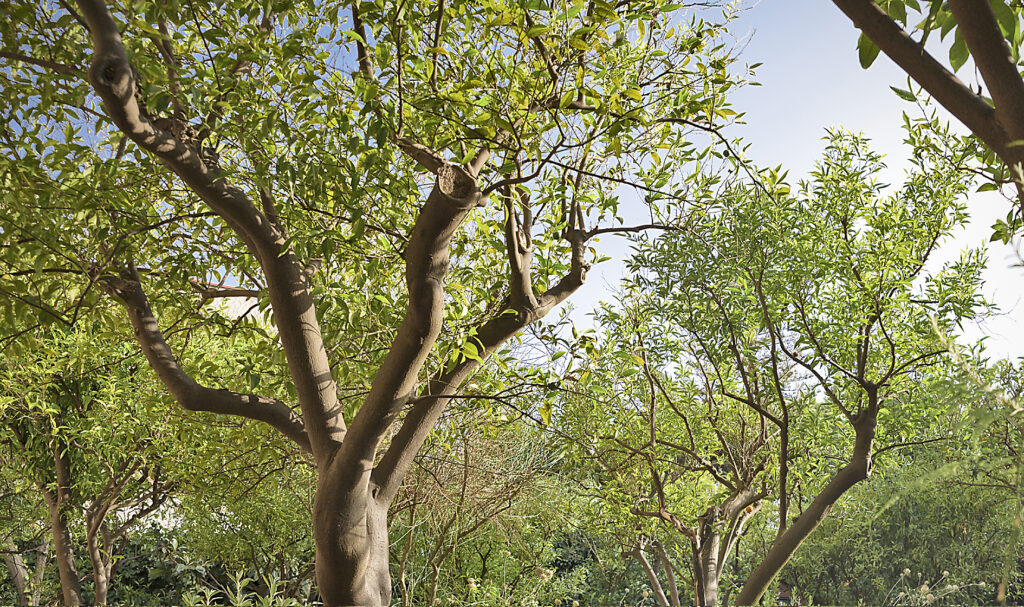
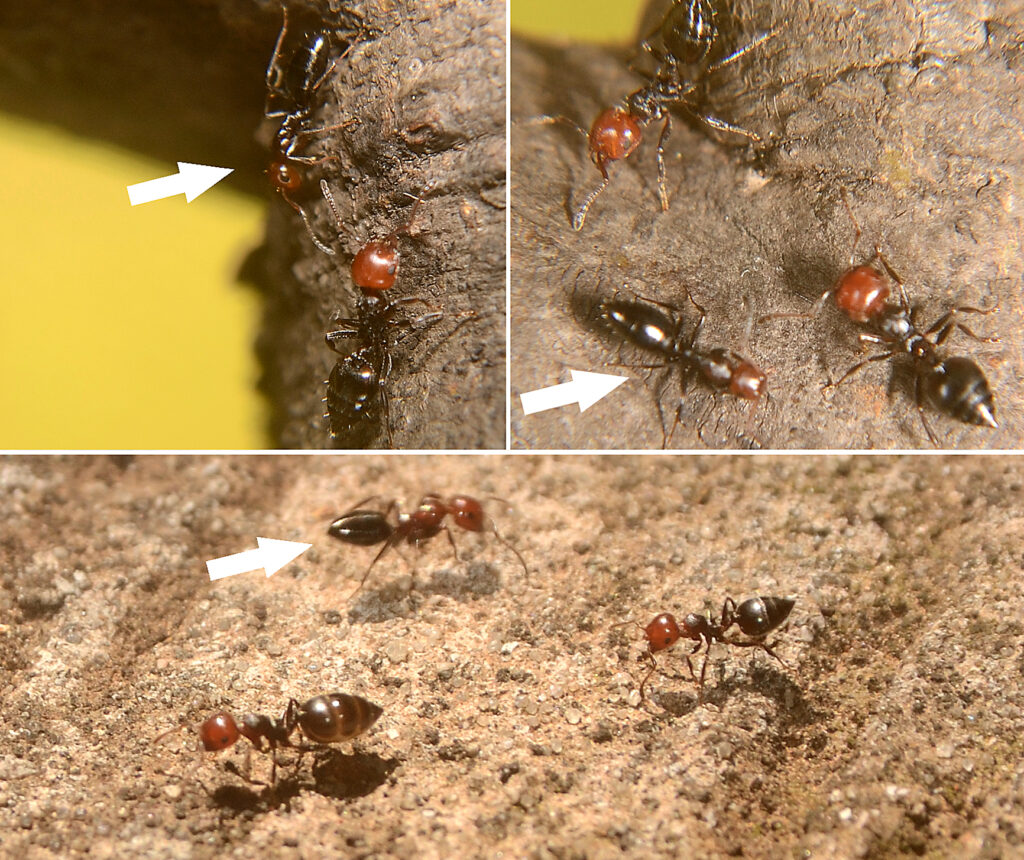
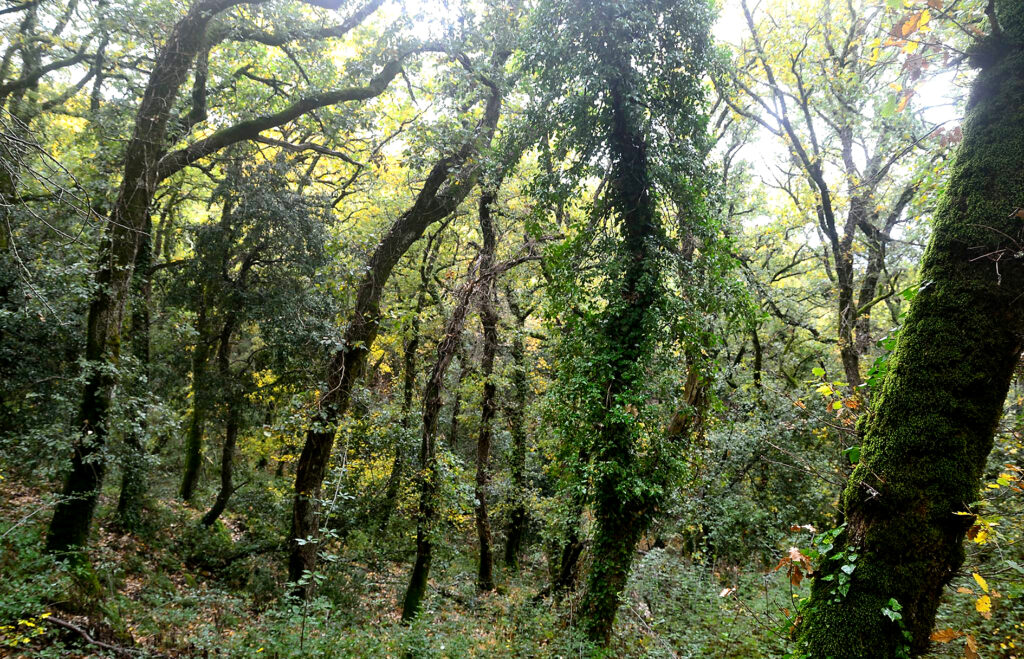
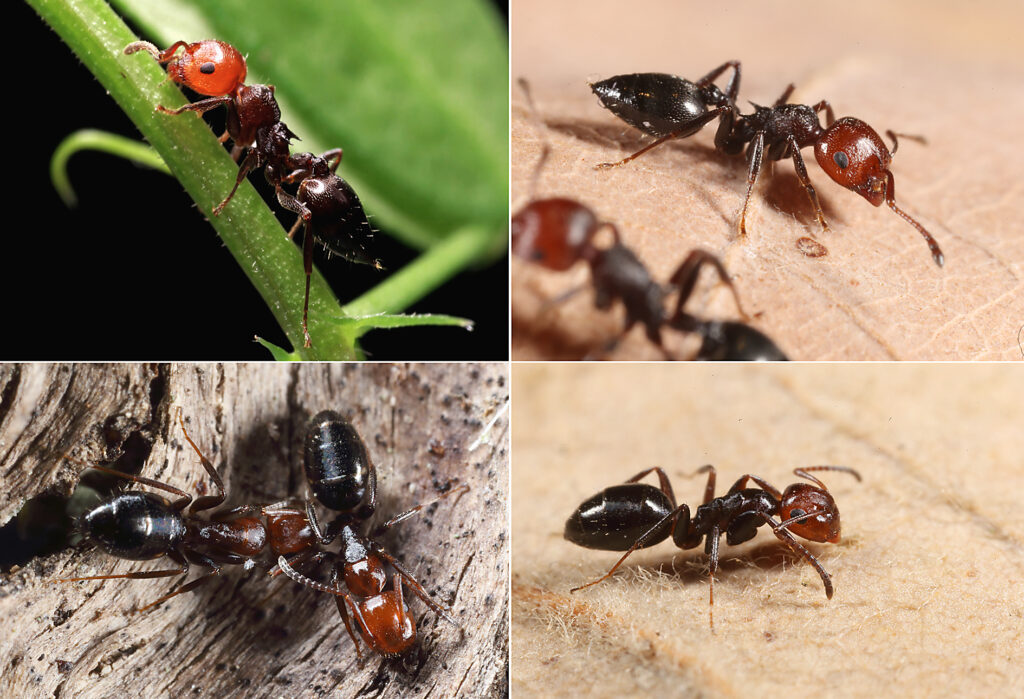

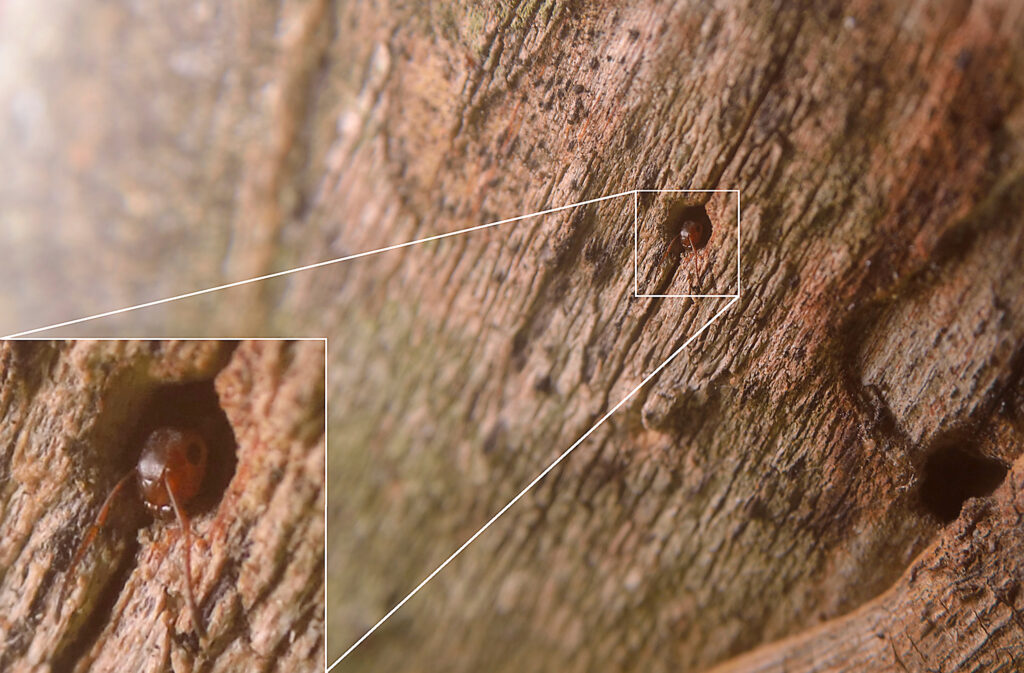
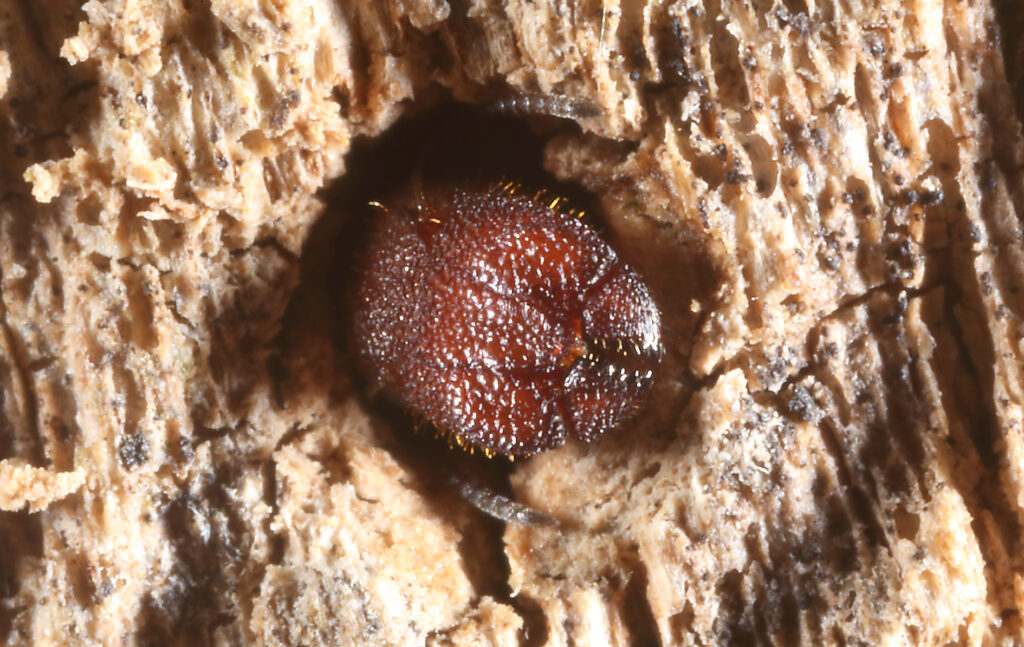
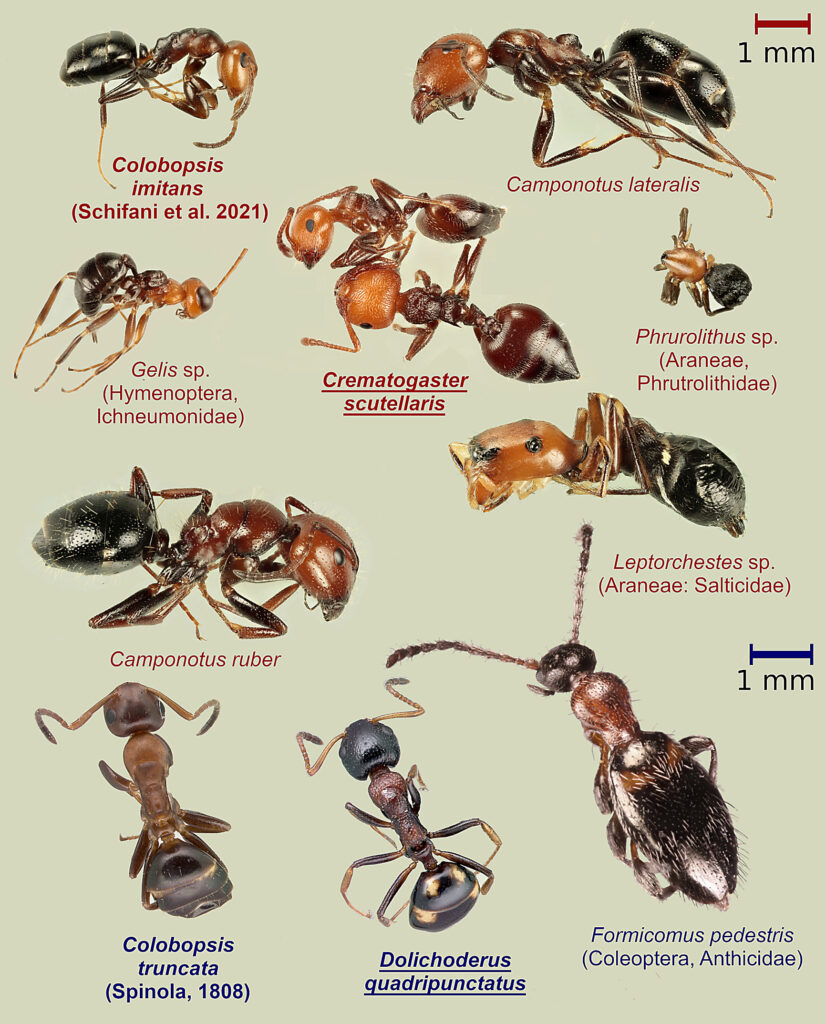


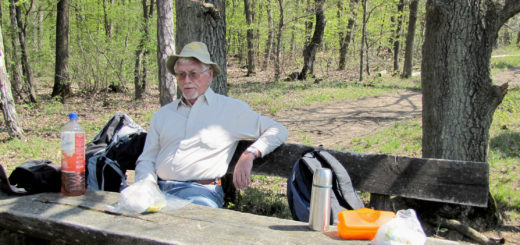

A very great and fantastic article! More please…